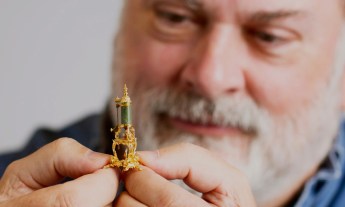On the other side of the Beaux Arts façade and wrought-iron doors of a 115-year-old mansion in the poshest neighborhood of Manhattan, you’ll find something odd: a sleek white and gray retro-futuristic desk shaped like a boomerang. Industrial magnate Andrew Carnegie surely never dreamed of such a thing, but what it signals is that you’ve just stepped into the all-new Cooper Hewitt, Smithsonian Design Museum, open today for the first time since 2011.
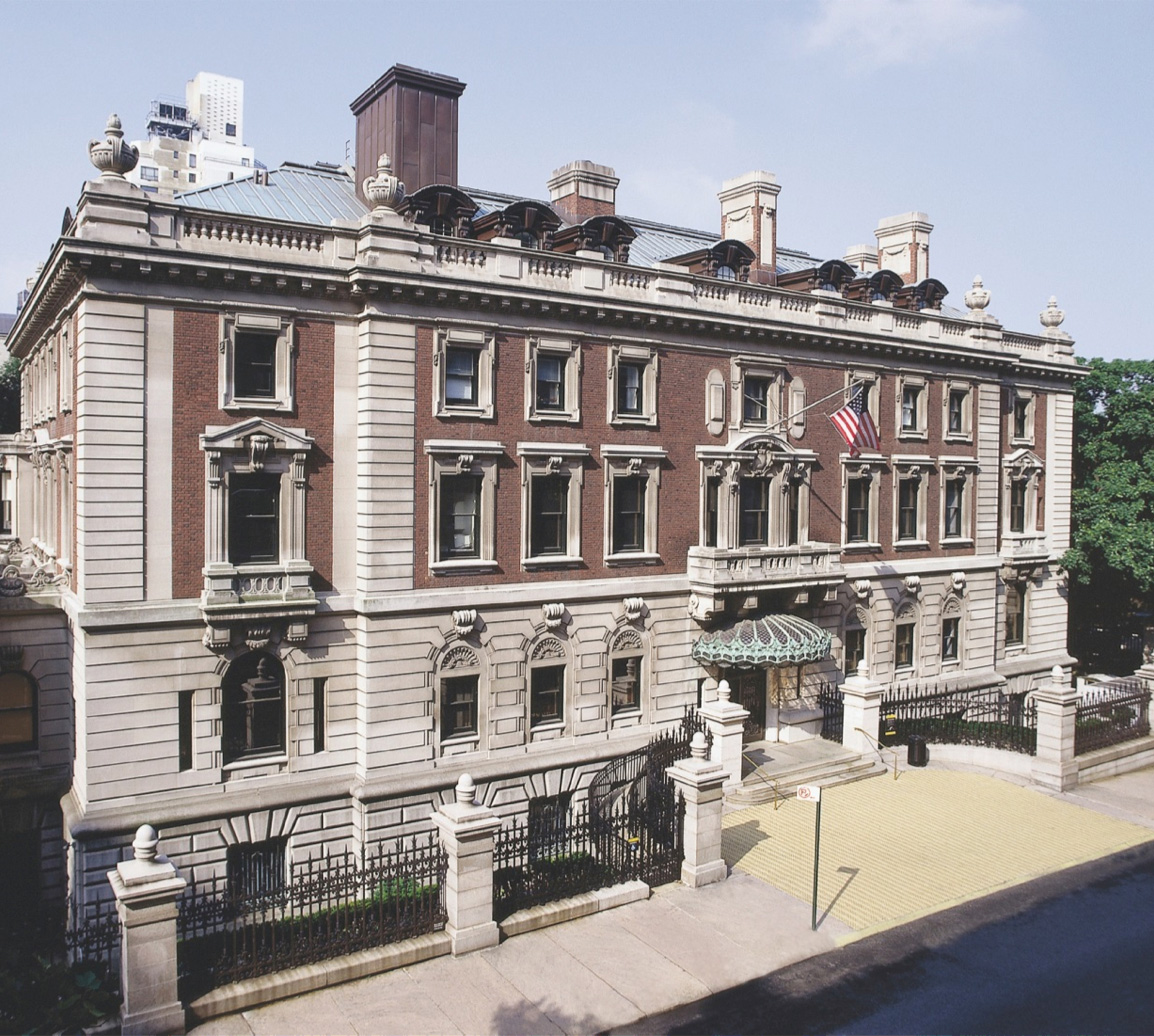
The desk, designed by Diller Scofidio + Renfro (TED Talk: A new museum wing … in a giant bubble), can be partitioned in two and slid behind a 2,000-pound hidden pivot door. It’s just one of the many features being unveiled this week after the museum’s massive renovation. The stakes for all involved is clear: In a moment when art museum-going is on a decline, how do you take a dead rich white dude’s house on Museum Mile, one of New York City’s most prestigious strips of culture, and revamp it for the next hundred years?
It’s easy to see a flashy, technologically driven product launch as a panacea — but while the Cooper Hewitt has certainly invested in some whiz-bang gizmos to wow the crowds, the answer is a bit less sexy. The real way to draw the crowds is — get ready — to pull together stuff worth looking at. Here, the curators dig deep into a collection that spans human history back to its first tools.
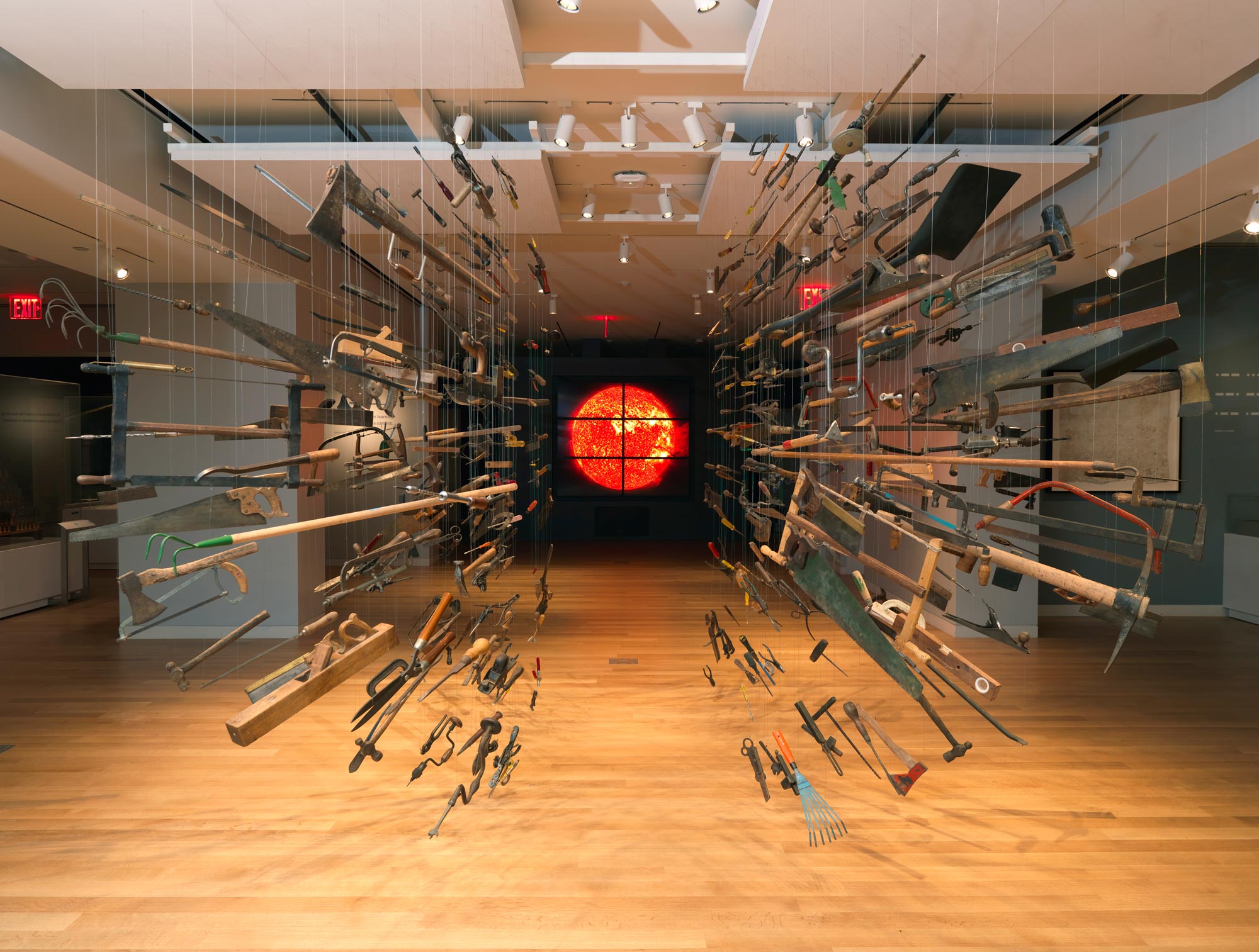
The newly opened third floor contains the exhibit “Tools: Extending Our Reach,” conceived by design firm Thinc as a nerdy collection of human utensils. Objects date back to a 1.85-million-year-old “chopper” hand axe and up through the 2014 MacBook Air, making a stop at, among other things, a beautiful four-inch-wide mammoth-ivory snow goggle made by Alaskan Iñupiat Eskimos sometime before 1916. See also: a cute 19th-century Polynesian stone pestle, Polaroid’s charming and mod 1972 SX-70 camera, and a replica of von Leeuwenhoek’s game-changing 1670 microscope, only three and a half inches high. At the center of the room is Controller of the Universe, an installation by Damián Ortega, where saws, wrenches and screwdrivers hang suspended in the air.
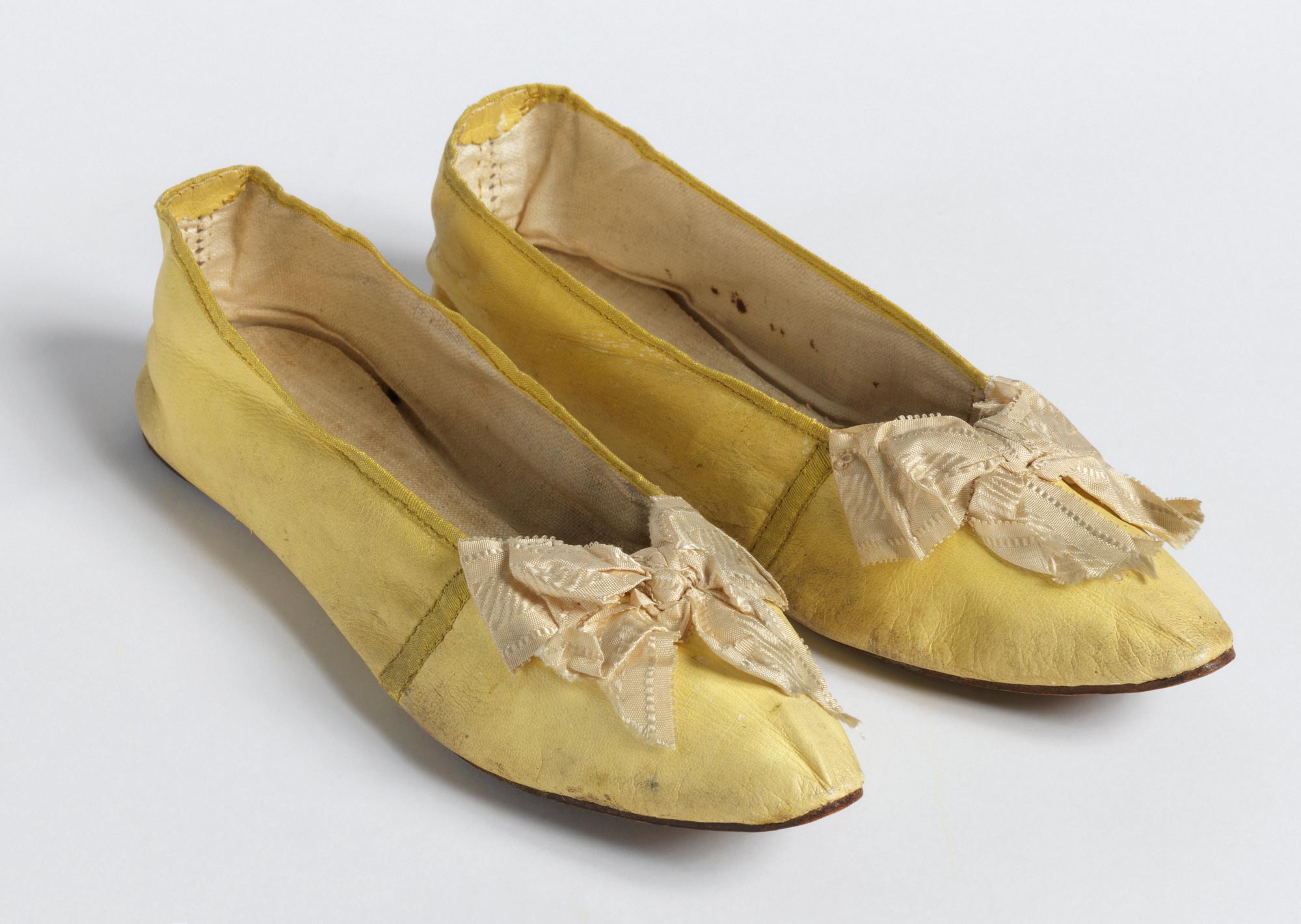
Downstairs, enter the characteristically wry and charming mind of artist Maira Kalman (TED Talk: The illustrated woman). Her guest-curated exhibition in the ornate former music room of Carnegie’s home mixes her selections from the greater Smithsonian collection with her personal possessions, including the pants that once belonged to Italian composer Arturo Toscanini, laid lovingly on a piano bench. Gilded mirrors hang beside a pair of pale yellow leather slippers from 1830, a ladder purchased by Kalman, a vintage edition of Alice in Wonderland, and a tablet embedded in a chair, showing Galina Ulanova dancing on loop. It continues the Cooper Hewitt’s tradition of guest-curated exhibitions; in June 2015 the museum will display the selections of architect David Adjaye.
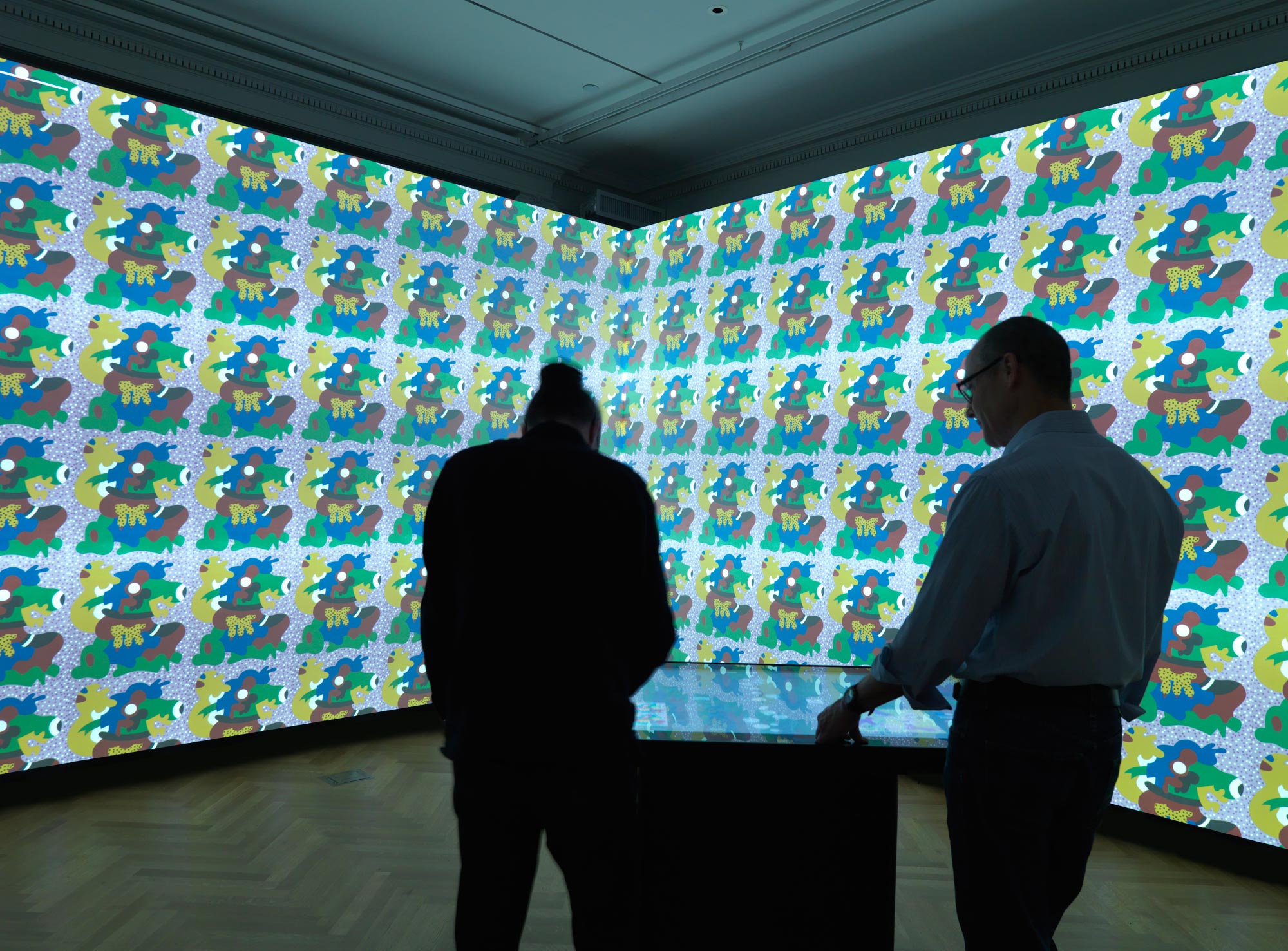
Major art institutions today are investing in bringing technology and interactivity to the live museum experience, hoping to attract a younger, more diverse crowd. To that end the museum developed “The Pen,” to launch in early 2015. Shaped like, er, a pen, and equipped with a stylus, you can press the non-writing end to any work’s label to store details in the Pen’s memory. Press it on interactive tables speckled throughout the museum to pull up more information about a particular piece, and eventually access all your saved works, awkwardly, via a custom link on your paper ticket after your visit. The Pen also allows visitors to explore design principles: Draw a shape on one of the tables, and access thousands of objects kept in the Cooper Hewitt archives that contain the same shape — or design your own hat, building, chair. An app it’s not: This is a tech tool that enhances your understanding of design while keeping your attention in the room, not on Snapchat.
Says Jake Barton (TED Talk: The museum of you), principal of Local Projects, which produced the tables, “people are moving into modes of participation and self-generation which apply to everything from museums and television to architecture.” That interactivity is most effective when you can engage with the subject in a way that’s still authentic and, well, beautiful. The new Immersion Room projects the museum’s extensive collection of wall coverings, painting the room and faces in it with multi-colored patterns and tones. Visitors can enhance and edit the projections on a table in the center of the room, adjusting the color palette or sketching their own designs.
The modern museum-goer, smartphone in hand, wants to share, connect, go deeper, and it’s vital for a design museum to cater to that impulse. Yet with a strong collection and smart curation, it’s possible to remind visitors, even for a moment, why the story of their smartphone’s design might be just as interesting as what’s in it.
All images courtesy of the Cooper Hewitt, Smithsonian Design Museum.















